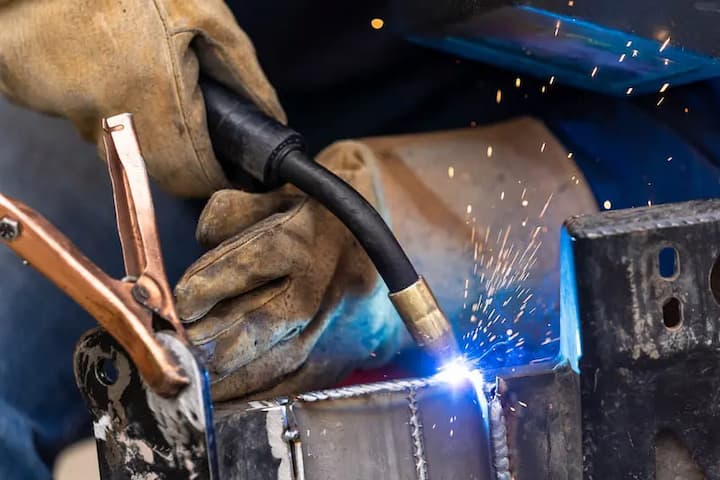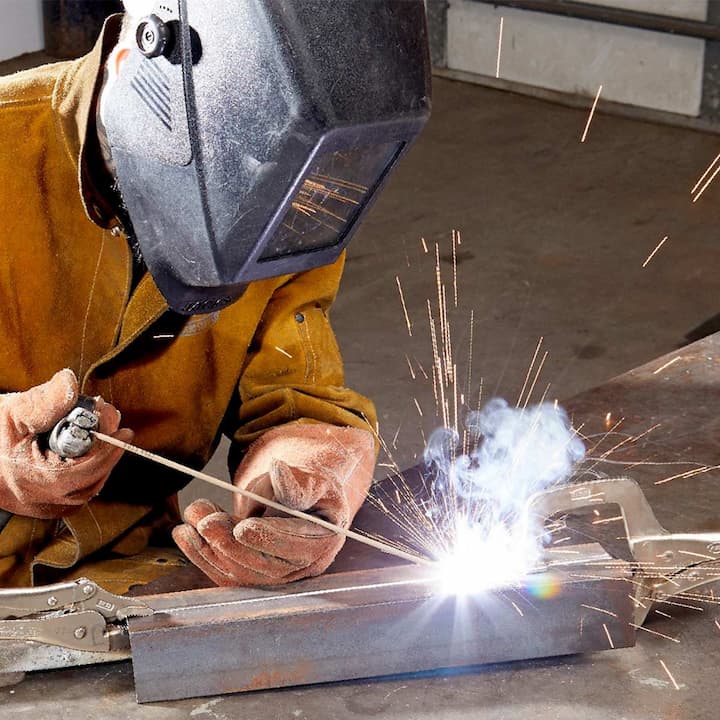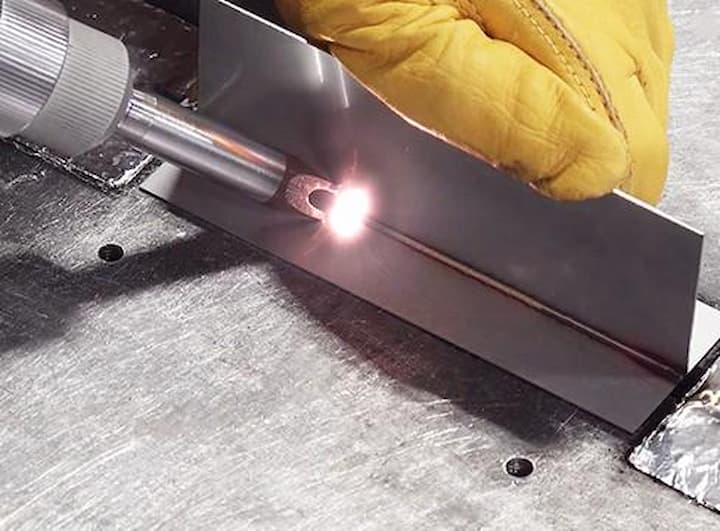In the ever-evolving landscape of modern industry, welding machines stand as indispensable tools that have revolutionized how we build and create. From towering skyscrapers and intricate aerospace components to the smallest electronic circuits, the process of welding plays a pivotal role in fusing metals together with precision, strength, and artistry. At the heart of this transformative welding process lie welding torches, powerful instruments that enable skilled welders and engineers to shape raw materials into functional and artistic marvels. In this comprehensive guide, we embark on a journey through the fascinating world of welding torches, exploring the diverse techniques they facilitate.
From the widely-used and accessible MIG welding torches to the intricate and precise TIG welding, and from the steadfast simplicity of Stick welding to the advanced technology of laser and electron beam welding, we will unravel the nuances of each welding method. Understanding these different welding processes is essential, as it empowers welders to choose the most suitable technique for their specific projects, ensuring successful welds that stand the test of time. As we delve into the intricacies of each welding type, we shall uncover the intrinsic value that welding machines bring to various industries, cementing their position as catalysts of innovation, strength, and artistic expression.
MIG Welding

MIG (Metal Inert Gas) welding, also known as Gas Metal Arc Welding (GMAW), is one of the most widely used welding processes. MIG welding employs a consumable wire electrode to create an electric arc between the metal being welded and the electrode. The arc melts the wire, which acts as both the filler material and the electrode, thereby fusing the metals together. MIG welding is known for its speed, versatility, and ease of use, making it a popular choice for both beginners and professionals alike.
TIG Welding
TIG (Tungsten Inert Gas) welding, or Gas Tungsten Arc Welding (GTAW), is a precise and high-quality welding process often used in critical applications. TIG welding uses a non-consumable tungsten electrode to create an arc that fuses metals together. A separate filler rod may be added manually to the weld pool to achieve the desired joint. TIG welding produces clean and precise welds, making it ideal for projects requiring exceptional aesthetics and weld strength.
Stick Welding

Stick welding, also known as Shielded Metal Arc Welding (SMAW), is one of the oldest and most straightforward welding processes. Stick welding uses a consumable electrode coated in flux, which provides a protective gas shield and slag to protect the weld from impurities. This process is highly versatile and can be used in various environments, including outdoor and windy conditions. Stick welding is favored for its affordability, making it accessible to a wide range of users.
Flux-Cored Arc Welding
Flux-Cored Arc Welding (FCAW) is similar to MIG welding but uses a tubular wire electrode filled with flux instead of a solid wire. The flux creates a shielding gas, eliminating the need for an external gas supply. FCAW is known for its high deposition rates, making it suitable for thick metal sections and structural welding applications. Additionally, the process is well-suited for outdoor and windy conditions.
Submerged Arc Welding
Submerged Arc Welding (SAW) is a highly efficient welding process used primarily in heavy-duty applications. SAW machines involve feeding a continuous bare wire electrode into the joint, while a granular flux covers the weld area, preventing spatter and ensuring a deep penetration weld. Submerged Arc Welding is commonly employed in the construction of large structures, such as bridges, pressure vessels, and pipelines.
Laser Welding

Laser welding is an advanced and precise welding process that utilizes high-energy laser beams to fuse metals together. Laser welding machine offers exceptional control and accuracy, making them ideal for delicate or intricate welding tasks in the automotive, electronics, and medical industries. This non-contact welding method produces minimal heat-affected zones, resulting in clean and aesthetically pleasing welds.
Electron Beam Welding
Electron Beam Welding (EBW) is a highly specialized welding process that employs a high-velocity electron beam to weld metals together. The process takes place in a vacuum chamber to prevent the beam from dispersing. Electron Beam Welding offers exceptional depth-to-width ratios and is used extensively in the aerospace and semiconductor industries for joining complex components with minimal distortion.
Conclusion
Welding torches have become indispensable tools in today’s industrial landscape, enabling us to create robust and durable structures that shape the world around us. Each type of welding process offers unique advantages and applications, catering to a diverse range of industries and welding needs.
From the simplicity of Stick welding to the precision of TIG welding, and the efficiency of MIG welding, welders have an array of methods at their disposal. Understanding the different types of welding torches and their capabilities empowers welders to choose the most suitable technique for their specific projects, ensuring successful welds that stand the test of time. As technology continues to evolve, welding torches will undoubtedly keep pushing the boundaries of innovation, further enhancing our ability to build, construct, and create with unparalleled precision and strength.